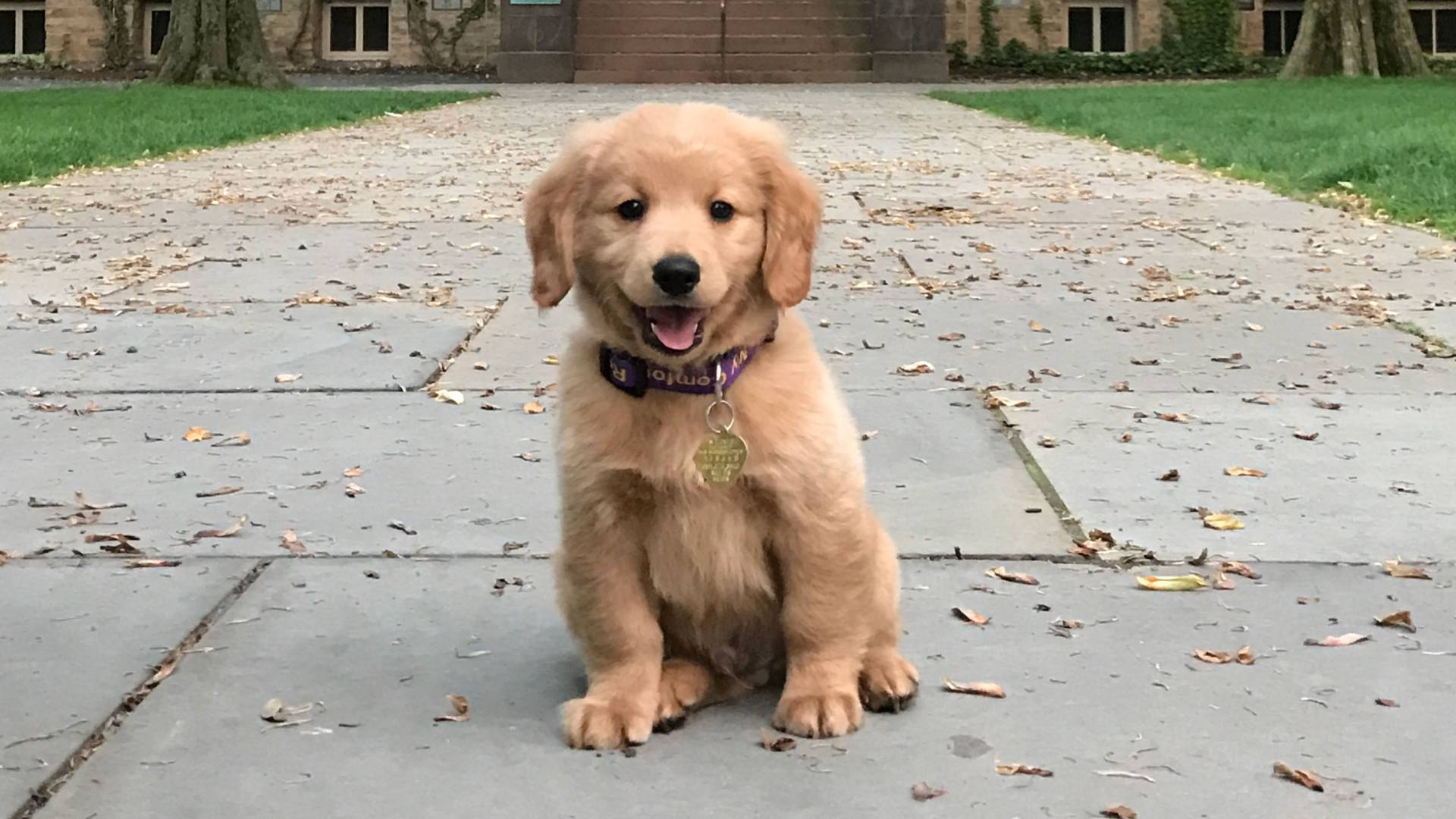Recent research published in Current Biology reveals that pet dogs may possess a deeper understanding of language and objects than previously thought. The study, conducted by neuroscientists including Marianna Boros from Eötvös Loránd University in Budapest, demonstrates that dogs display neural signs of surprise when presented with unexpected toys by their owners. These findings shed light on the cognitive abilities of dogs and challenge assumptions about their comprehension of language.
The study, which involved 27 pet dogs and their owners, utilized electrodes to monitor the dogs’ brain activity while they listened to recordings of their owners’ voices. After hearing commands like “Kun-Kun, look, the ball!” the dogs were shown either the expected toy mentioned in the audio or a different one, such as a rope. Researchers observed a neural signal of surprise in the dogs’ brains, similar to the N400 effect observed in humans when unexpected events occur.
According to Ellen Lau, a neuroscientist at the University of Maryland, these findings suggest that dogs possess mental concepts of objects and can distinguish between familiar and unfamiliar items. While some may have assumed that dogs’ responses to verbal commands were merely reflexive, the study provides evidence to the contrary, indicating a more nuanced understanding of language and objects among canines.
Although highly trained dogs like Chaser, a famous border collie with an extensive vocabulary, have previously demonstrated remarkable language comprehension, this study focused on average pet dogs. The results highlight the cognitive capabilities of dogs across different breeds and training levels, offering new insights into their mental lives.
Marianna Boros emphasizes that while dogs may not always actively demonstrate their understanding, they passively comprehend words and concepts. This suggests that dogs possess a level of cognitive sophistication that warrants further exploration. Overall, the study contributes to our understanding of the intricate relationship between humans and their canine companions, revealing the depth of dogs’ cognitive abilities.






